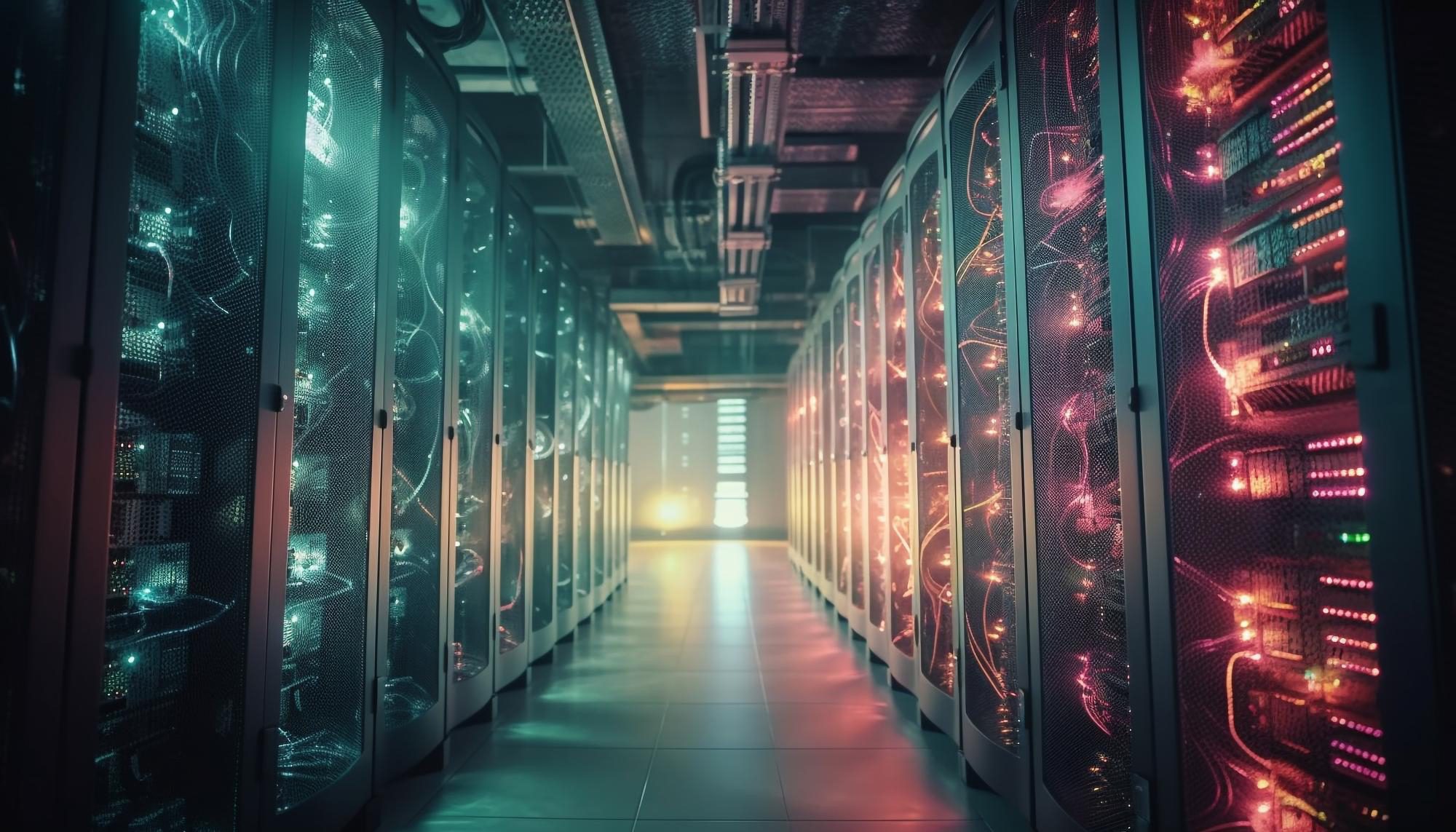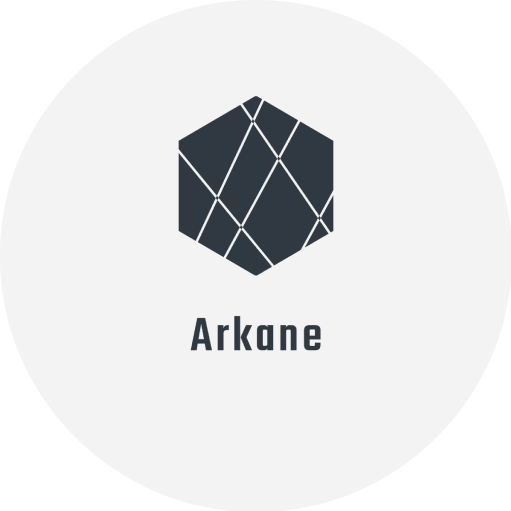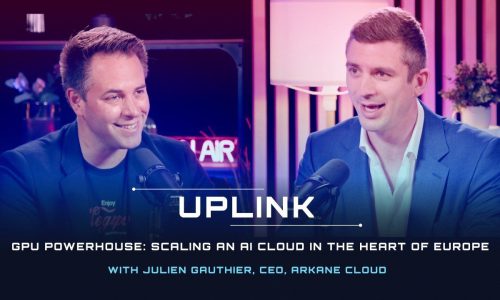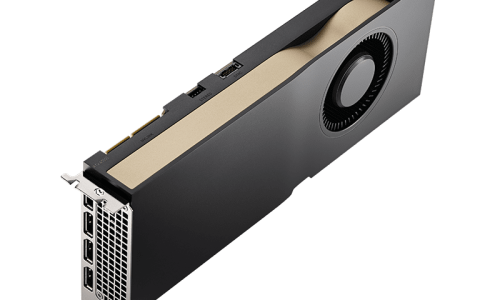![The 4 Major Corporate Fears About AI [and How Arkane Crushes Them]](https://arkanecloud.com/wp-content/uploads/elementor/thumbs/image-fears-r83x02fmwkg0873grkx2f5jvdsy2k1b00h5jqz1vi0.png)
Exploring the Cost-Effectiveness of GPU Rental Services

Understanding the Evolution of GPU Demand in High-Performance Computing
The journey of GPUs (Graphics Processing Units) from niche components to foundational hardware in high-performance computing is both fascinating and revolutionary. Initially, GPUs were designed to handle graphics-intensive tasks. However, their potential in parallel processing capabilities, especially for math-heavy computations, was quickly realized. This was notably evident when Nvidia, in 1999, popularized the term ‘GPU’ with its GeForce 256, capable of graphics transformation and rendering three-dimensional spaces. Such engineering innovation laid the groundwork for what GPUs are today — powerhouses of parallel processing, efficiently performing millions of computations, particularly suited for tasks that benefit from repetition and concurrent execution.
The real turning point for GPUs was their integration into artificial intelligence and machine learning. Traditional computing methods were proving to be slow and often inadequate for the demands of modern AI applications. The inclusion of GPUs transformed the landscape, offering the necessary speed and accuracy, especially for large neural networks. Their influence is evident in the application of deep learning for image and video processing, enabling technologies like autonomous driving and facial recognition to become part of mainstream technology.
The practicality of GPUs extends beyond just AI. When compared to traditional CPUs, GPUs excel in handling tasks that would otherwise take significantly longer or be prohibitively expensive. For example, tasks that would take over a week to process with 100 CPUs can be accomplished within a day using just a few GPUs. This shift is not just about speed; it’s about making previously impossible tasks feasible, thereby opening up new realms of computational possibilities.
As GPUs continued to evolve, their applications expanded, covering a range of processes that require handling large volumes of data. This advancement facilitated the integration of high-speed computing into diverse applications, allowing users to engage with complex data through simple queries and coding libraries. The development of complementary software packages further enhanced the capabilities of GPUs, making them even more versatile and powerful.
A key milestone in the evolution of GPU technology was NVIDIA’s partnership with Red Hat OpenShift to adapt CUDA, a parallel computing platform, to Kubernetes. This collaboration significantly streamlined the process of developing and deploying applications on GPU servers, making it more efficient and less error-prone. The integration allowed for automatic containerization of CUDA and other necessary software, simplifying the deployment process on GPU servers and marking a significant advancement in the ease of using GPU technology.
In conclusion, the rise of GPUs in high-performance computing is a testament to their unparalleled ability to transform complex, data-intensive tasks into manageable, efficient processes. Their journey from graphics-specific units to core components in AI, machine learning, and beyond reflects the ever-evolving landscape of technology and the continuous quest for faster, more efficient computing solutions.
Overview of GPU Rental Services
The landscape of GPU (Graphics Processing Unit) rental services is a dynamic and multifaceted realm, shaped by the evolving demands of various industries. Initially, GPUs were primarily associated with video games and graphic-intensive applications. However, their role has significantly expanded to sectors like finance, healthcare, machine learning, and data science, necessitating their availability in the cloud for easier access and adaptability. This shift from traditional on-premise infrastructure to cloud-based solutions marks a significant transformation in the utilization of GPU power.
The essence of GPUs lies in their ability to perform parallel computations, a stark contrast to the linear operations of CPUs. This capability makes GPUs exceptionally efficient for high-speed graphics rendering and complex data processing required in fields like data science and AI model training. The rapid advancement of GPU technology, with major players like NVIDIA releasing new models almost yearly, presents a challenge in terms of keeping up-to-date with technology and managing costs, especially for organizations with heavy computational needs.
Types of GPU Rental Services
- Bare Metal Cloud Computing Platforms
Bare metal cloud computing platforms like Latitude.sh offer high-performance, single-tenant servers without virtualization, ensuring full access to the hardware. These platforms are tailored for applications demanding high throughput, like streaming, online gaming, and AI/ML inference. They feature advanced network capabilities, substantial DDoS mitigation, and provide a VM-like experience with various deployment options, including edge computing. This approach suits scenarios requiring dedicated resources without the overhead of virtualization, offering a balance between performance and flexibility. - Cloud Service Providers
Major cloud providers like Amazon Web Services (AWS) have been pioneers in providing GPU cloud services. AWS, for instance, offers various GPU models in its EC2 instances, such as the Tesla V100 and NVIDIA T4 GPUs, catering to different computational requirements. These services enable clustering of multiple GPU instances and are available globally, offering a blend of versatility and scalability. This model is ideal for businesses needing a range of GPU power options with the ability to scale rapidly. - Dedicated GPU Cloud Providers
Providers like Arkane Cloud specialize in dedicated GPU cloud services, offering a range of GPU options for different computational needs. With pricing models based on GPU power and usage hours, these services provide flexibility for users requiring specific GPU capabilities for short-term projects or variable workloads. Arkane Cloud’s offerings illustrate the trend towards customizable, cost-effective GPU rental solutions that cater to diverse computational requirements across industries.
In conclusion, the GPU rental service market caters to a broad spectrum of computational needs, offering various models from bare metal to cloud-based solutions. Each model addresses specific requirements of performance, scalability, and cost, underscoring the dynamic nature of GPU utilization in today’s technology landscape.
The Cost Factor: Renting vs. Purchasing GPUs
In the world of high-performance computing, particularly for tasks like deep learning, data analysis, and machine learning, the choice between renting and purchasing GPUs presents a significant financial consideration. This decision hinges not just on immediate needs but also on long-term financial implications and the nature of computational tasks at hand.
Cost Advantages of Renting GPUs
Renting GPUs, whether as individual units or entire servers, offers a more financially accessible route for many users. The cost of purchasing a high-end GPU can range from several hundred to thousands of dollars, making renting a financially prudent option, especially for those who require GPUs for short-term projects or who wish to avoid the depreciation and maintenance costs associated with ownership. Renting also provides the flexibility to scale up or down based on project requirements and to switch to newer models as technology advances without incurring the costs of hardware replacement.
Flexible, Short-term Infrastructure Needs
For projects that require high-performance GPUs for limited periods or for experimental purposes, renting is an ideal solution. It allows users to access diverse GPU models and adjust their computational resources as needed. This flexibility is beneficial for users who need to match their hardware capabilities with the specific demands of their projects. Cloud GPU providers often include additional features like easy data transfer and remote access, enhancing the utility of rented GPUs for diverse computational tasks.
Minimizing Upfront Costs
One of the primary financial benefits of renting GPUs is the significant reduction in upfront costs. When purchasing GPUs, users must consider not only the initial purchase price but also ongoing expenses like maintenance, energy consumption, and depreciation. Renting eliminates these concerns, offering a cost-effective alternative for users who require high computational power for tasks like deep learning, movie editing, or cryptocurrency mining, without the financial burden of ownership.
Long-Term Financial Implications
While renting GPUs offers immediate cost benefits and flexibility, it’s essential to consider the long-term financial implications. The decision to rent or purchase should be based on the specific computational needs, the duration and intensity of GPU usage, and personal or organizational budget constraints. For deep learning and AI training, where compute-intensive tasks are common, the choice between renting from a cloud service or purchasing a local GPU workstation can significantly impact both performance and financial outcomes. Renting may be more suitable for short-term or fluctuating needs, while purchasing could be a more economically viable option for long-term, consistent usage.
In conclusion, the decision to rent or purchase GPUs entails a careful consideration of both immediate and long-term financial implications, the nature of computational tasks, and the specific needs and preferences of the user.
Performance and Flexibility: Evaluating GPU Needs for Various Projects
Graphics Processing Units (GPUs) have evolved from being primarily used in graphics processing to becoming a cornerstone in modern computational tasks, particularly in deep learning and artificial intelligence. Their ability to perform multiple, simultaneous computations makes them a crucial asset in various computational scenarios.
Evaluating Performance Needs
The decision to incorporate GPUs in a project is influenced by several factors. Firstly, memory bandwidth is crucial; GPUs provide the necessary bandwidth to handle large datasets, as they come with dedicated video RAM (VRAM), which frees up CPU memory for other tasks. Secondly, dataset size is a critical consideration. GPUs, particularly when used in parallel, excel in processing massive datasets quickly. However, it should be noted that optimizing long-running individual tasks with GPUs can be more challenging than with CPUs. This nuance is vital in scenarios where efficiency and power are crucial, as GPUs allow for accumulating many cores without sacrificing these aspects.
GPU Options for Different Projects
When selecting GPUs for deep learning and other high-performance tasks, the market offers a variety of options:
-
Consumer-Grade GPUs: These are suitable for smaller-scale projects or as entry points for more significant implementations. They provide a cost-effective way to supplement existing systems and can be useful for initial model building or low-level testing. Examples include NVIDIA’s Titan V, Titan RTX, and GeForce RTX 4090, each offering varying degrees of memory and performance, suited to different levels of computational requirements.
-
Data Center GPUs: Designed for large-scale, enterprise-grade deep learning projects, data center GPUs offer robust performance. They are the standard choice for production implementations in deep learning. NVIDIA’s range, including H200, H100, A100, V100, Tesla P100, and Tesla K80, demonstrates the variety available for different needs. Google’s TPUs, while not GPUs, provide an alternative, especially designed for cloud-based deep learning workloads, offering substantial memory and performance capabilities.
Choosing the right GPU involves a detailed understanding of the project’s specific computational requirements, including memory needs, dataset size, and the type of computational tasks involved. This careful evaluation ensures that the selected GPU aligns with the project’s performance needs and optimizes computational efficiency.
Use Cases and Practical Applications of GPU Rentals
The versatility and power of GPU rentals have made them indispensable tools across various industries, revolutionizing how high-end computing tasks are approached.
Diverse Applications Across Industries
Cloud GPU rental is increasingly recognized as a pivotal resource for innovators in different fields. It allows for harnessing next-generation capabilities without the significant investment and maintenance hassles associated with owning high-end hardware. This shift has opened up new possibilities in both personal and professional spheres, making advanced computing power accessible and affordable for a broader range of projects and industries.
Podcast Transcription and Language Services
-
Podcast Transcription: Leveraging GPU rentals for podcast transcription offers speed, accuracy, and scalability. Large language models, powered by GPUs, excel in transcribing complex audio with varied accents and industry-specific jargon, even in noisy environments. They also enable real-time speech-to-text conversion, beneficial for live broadcasts, offering scalability for high-volume transcription tasks.
-
Translation Services: Similarly, GPU-accelerated translation services facilitate rapid processing of text and speech, crucial for high-quality multilingual communication. This capability is particularly valuable in settings requiring real-time translation, such as live broadcasts and video conferencing.
Content Creation and AI-Driven Creativity
- Video Rendering and Editing: Content creators benefit immensely from GPU rentals, which provide the processing power needed for high-definition video rendering and editing, as well as 3D rendering and animation, significantly reducing the time required for these tasks.
- Writing and Storytelling: GPUs also assist in creative writing and storytelling. AI models, powered by GPUs, can enhance creativity in writing, aiding in crafting novels, articles, and immersive storytelling experiences. This application is especially beneficial for authors and writers, both seasoned and novices.
Business and Customer Service Innovations
- Automated Customer Service: GPU rentals are instrumental in powering advanced natural language processing for automated customer service, including chatbots and virtual assistants. They enable efficient processing of customer inquiries, even those including images and videos, providing tailored and relevant responses.
- Virtual Desktop Infrastructure: In the realm of remote work, businesses can utilize GPU rentals to provide employees with high-performance virtual workstations. This application supports dynamic collaboration and productivity, regardless of the physical location of the workforce.
GPU rentals stand as a testament to the flexibility and power of modern computing, enabling a wide range of applications from AI and machine learning to creative and business endeavors, all while ensuring cost efficiency and scalability.
Evaluating the Value Proposition of GPU Rental Services
GPU rental services offer a plethora of advantages, especially for businesses and individual developers who require high-performance computing without the financial burden of purchasing and maintaining their own hardware. Evaluating their value proposition involves understanding their benefits in various contexts.
Cost-Effectiveness and Flexibility
Renting GPUs presents a cost-effective solution, especially for high-performance computing needs. The significant upfront capital required for purchasing GPU servers is a deterrent for many, particularly when the need is temporary or project-based. Renting negates this hefty investment and also spares users from the ongoing costs of maintenance, upgrades, and replacements typically associated with owning a GPU server.
Furthermore, the flexibility offered by GPU rentals is unmatched. Projects often vary in their computational requirements; renting allows for easy scaling up or down as per the project’s needs. This adaptability is crucial in a dynamic technological landscape where computational demands can fluctuate rapidly.
Suitability for Short-term Projects and Testing
GPU rentals are economically prudent for short-term projects or testing phases. They provide a practical and cost-effective option for temporary needs, bypassing the commitment and investment required for long-term use. Additionally, renting allows organizations to “test the waters” before fully investing in GPU infrastructure, ensuring that such investments are well-justified and suitable for their specific requirements.
Technical Support and Reduced Operational Challenges
Many GPU rental services offer round-the-clock technical support and expert guidance on optimizing GPU usage for specific tasks. This support is invaluable for businesses and developers who may not have the in-house expertise to fully leverage the capabilities of high-end GPUs.
Energy Efficiency and Reduced Overhead Costs
Rental GPU servers are typically hosted in optimized data centers, which translates to better energy efficiency and cooling mechanisms. This aspect is particularly significant for businesses concerned about the environmental impact and operational costs of maintaining high-power computing infrastructure.
Rapid Deployment and Enhanced Business Agility
Rental services often provide pre-configured GPU servers, facilitating quick deployment and immediate project initiation. This rapid deployment is crucial for businesses that operate in fast-paced sectors and need to start projects without delay. Moreover, access to high-tier computational power enhances business agility, allowing companies to stay competitive and rapidly prototype, test, and deploy models, especially in fields like AI and ML.
In conclusion, GPU rental services offer a compelling value proposition, characterized by cost savings, scalability, technical support, energy efficiency, and rapid deployment capabilities. These benefits make GPU rentals an attractive option for a wide range of users, from small businesses to large corporations and individual developers, especially in scenarios where high-performance computing is essential but not a core part of long-term operational strategy.
Newsletter
You Do Not Want to Miss Out!
Step into the Future of Model Deployment. Join Us and Stay Ahead of the Curve!





